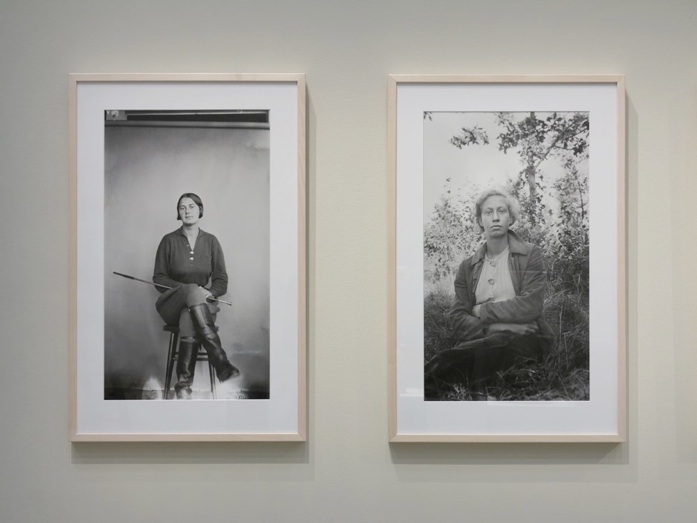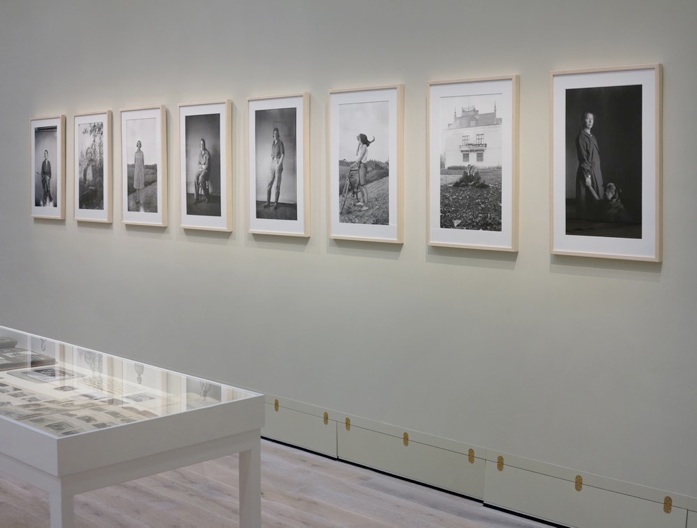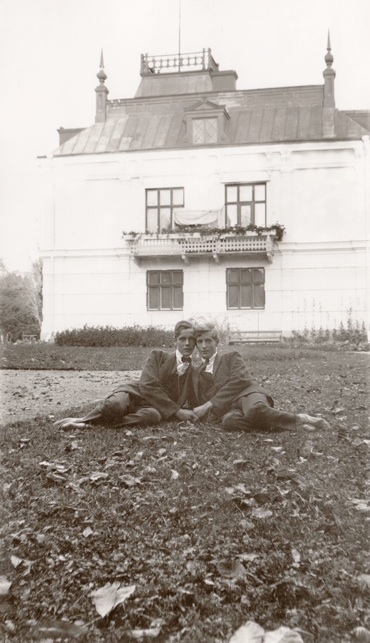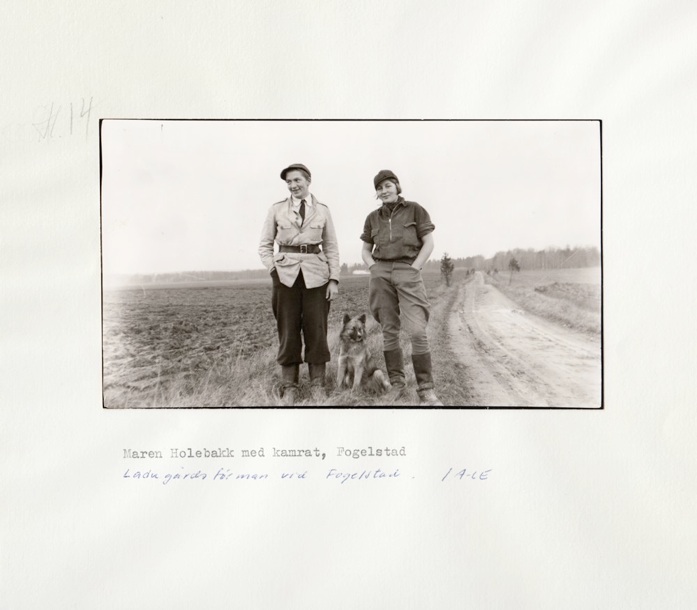Åsa Elzén
Forest Calling – A Never-ending Contaminated Collaboration
or Dancing is a Form of Forest Knowledge /
Skogen kallar – Ett oändligt kontaminerat samarbete eller
Dansandet är en form av skogskunskap
– Extension #2 at The Experimental Field, Accelerator, SU
– Extension #1 In Forest Intervals
Notes on a Fallow – The Fogelstad Group and Earth /
Träda – Fogelstadgruppen och jord
– A Growing Fallow Archive / Ett växande träda-arkiv
– Biography of a Fallow / En trädas biografi
– Transcript of a Fallow / Avskrift av en Träda
– Fogelstad Fågelstad Fågelsta Fågelholk Fågelbo
– The Other School / Den andra skolan
– A Growing Archive on the Women’s Barn and Livestock
School at Fogelstad / Ett växande arkiv över Kvinnliga
Ladugårdsutbildningen vid Fogelstad
– A Step to the Side / Ett steg åt sidan
– A Growing Peace with the Earth Collection
– Transcript of Transcripts: Elin – Bang /
Avskrifter av avskrifter: Elin – Bang
– Why do things when you could leave it? – An attempt,
an in-between land / Varför gör man saker då man kunde
låta bli? – Ett försök, ett gränsland
While I am trying to get to know Fredrika, I am always
– Memory of an Event I (Dear Honorine / Dearest Signe)
Mary Wollstonecraft’s Scandinavian journey 1795 re-traced
YES! Association/Föreningen JA!
– A New Spelling of a Street – A tribute to Audre Lorde
– All that you touch You Change. All that you Change
– (art)work(sport)work(sex)work
– Zyklische Gesellschaftsreise
...
above and below (from top down):
one print of ten, The Other School
installation view The Other School, Sörmlands museum
installation view The Other School, Sörmlands museum
one print of ten, The Other School
one print of twelve, The Other School, (earlier version), 34,5 x 30 cm, 2019
the photograph depicts “Maren Holebakk with friend, Fogelstad”
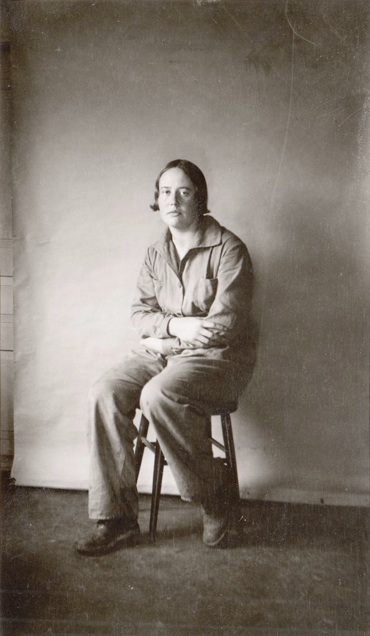
The Other School
Den andra skolan
Axel Fredriksson 1930s / Åsa Elzén 2020
Ten prints 57,5 x 34,5 cm of ten cellulose nitrate negatives by Axel Fredriksson, photographed at Fogelstad during the 1920s and 30s. Selection, title and adapted by Åsa Elzén with permission from the Nordic Museum Archive
part of Notes on a Fallow – The Fogelstad Group and Earth
Träda – Fogelstadgruppen och jord
The portraits have primarily been selected from Axel Fredriksson’s photography collection while they refer by inscriptions to “the other school” at Fogelstad – the Women’s Barn and Livestock School. As farms grew larger and the care of livestock became increasingly industrialized, women, who often cared for the livestock at smaller farms, were pushed out of the skilled jobs they had previously held on the farms and replaced by a male workforce. All that was left for women were menial tasks, such as milking – monotonous and difficult type of labor with no possibilities for advancement. To counter this, Tamm ran a one-year education for women only, so that they could work as forewomen at the barn and livestock sheds. Axel Fredriksson who took the pictures was born in a bond servant family at Fogelstad, where he came to work with various tasks on the farm and in the forest. In time, he also became a self-taught photographer and documented daily life at Fogelstad. His collection consisting of 3,000 negatives is today at the Nordic Museum. During the spring 2020, it turned out that Sörmlands museum during the 1990s received a box of Axel Fredriksson’s unsorted photographs and negatives. From both of these collections, Åsa Elzén draws further stories from the lives of the students at the Women’s Barn and Livestock School at Fogelstad.
